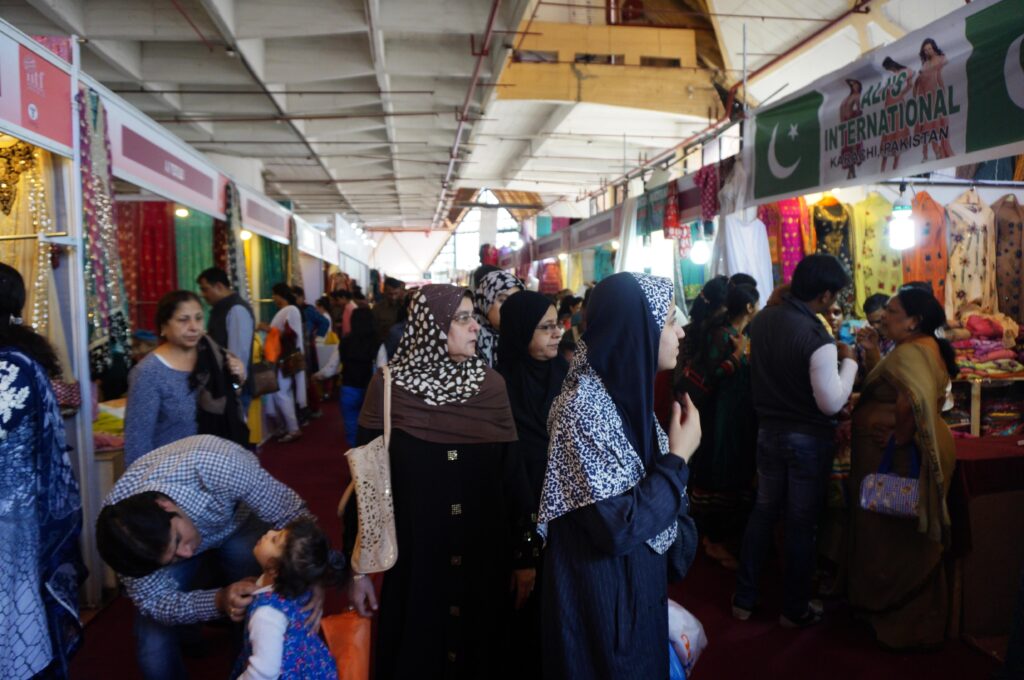Unless a composite dialogue between the two countries begins, there will be no headway in trade ties.
By Shome Basu
In 1953, some businessmen complained to the Indian government about how trading products with Pakistan caused suspicion among the security establishment and how they often faced interrogation about business and transactions. It was becoming difficult for the Indian businessmen to do trade with the newly formed country, Pakistan, though many families and business houses, especially those from Bombay which had connections in Pakistan, saw the scope for trade and economic benefit. Coal from India and jute from Pakistan were traded and Pound Sterling was used as trading currency till the US dollar took over.
After the 1965 War, there was a trade embargo between India and Pakistan which continued till 1974. Businessmen and traders on both sides made numerous efforts to revive trading ties but in vain. Finally, on 30 November 1974, a trade protocol was signed and the embargo was lifted on 7 December, 1974. Two years later, in 1976, the Pakistan government allowed its private sector to directly trade with India. Then for the first time, in 1981, Pakistan took part in the International Trade Fair in Delhi and thus started the process of trade delegations from the two countries visiting each other.
In 1986, India and Pakistan became signatories to the South Asian Association for Regional Cooperation (SAARC) which committed itself to the welfare of the people of South Asia. In July 1989, Pakistan agreed to import 322 Indian items. The installation of the Nawaz Sharif government in 1991 also gave a push to Indo-Pak trade. In December 1995, the South Asian Preferential Trading Arrangement (SAPTA) acted as a major booster for the development of bilateral trade between the two neighbours. At the end of three rounds of trade negotiations, a total of 5550 tariff lines were considered for tariff concessions.
Meanwhile, in 1996, India accorded the Most Favoured Nation (MFN) status to Pakistan under the global trading norms of the World Trade Organisation (WTO). In the same year, Pakistan increased its positive list to 600 items that were allowed to be imported from India. MFN status has been one of the most misunderstood concepts when it comes to Indo-Pak trade. The political leadership on both sides never made an effort to understand that, as a signatory to the WTO, every time a country lowers a trade barrier or opens up a market, it has to do so for the same goods or services from all its trading partners — whether rich or poor, weak or strong.
In October 2008, cross-LoC trade was started which allowed a barter-based trading system for traders from the two divided parts of Kashmir. It was one of the best confidence building measures among many. It enabled traders to swap the indigenous Kashmiri products in the age-old form of barter system. This trade was going well from both the sides and there were no border blitzkriegs in view of the ceasefire along the LOC that was agreed in 2003.
Within a month of the start of this trading channel, on 26 November that year, India’s economic hub Mumbai was attacked by terrorists that left nearly 200 dead and damaged property worth crores. The Indian financial capital was under siege. The trust was again lost as LeT, responsible for the attack, is an outfit based out of Pakistan. Soon, there were also allegations that cross-border trade service was being used to smuggle narcotics.
By 2009, there was a positive list which Pakistan agreed to import from India and around 2000 items were enlisted. With the previous ban by Pakistan on industrial machines, many businesses there were stuck to old machines which were long back made in India. The trade resumption dialogue in 2011 and meeting of the commerce secretaries of both countries pushed Pakistan towards non-discriminatory trade regime and India followed the same. That would not only enhance trade but also would have created trust.
The interesting fact is that the highest trade that ever happened between Pakistan and India was during the CBMs between Prime Ministers Atal Bihari Vajpayee and Nawaz Sharif when the value of traded items crossed $320 million in the fiscal year of 1998-99. Even the Kargil war couldn’t stall the trade much. Interestingly during its fiscal 2000-2001 (June-July), Pakistan imported $235 million, highest ever in the history of Pakistan imports. Pervez Musharaf was then heading Pakistan. It also shows when it comes to trade and economy, except the non-state actors, even the Pakistan army sitting at all helms of their affairs are supportive towards trade.
At the present scenario, despite India’s scrapping of MFN status of Pakistan, exports from India to Pakistan stood at $513.82 million in the 2021-2022 fiscal with main items of shipments being pharmaceuticals, sugar and cotton.
India does not import any major Pakistani product. India being a large economy always has an advantage over Pakistan.
This May, the new Shahbaz Sharif government in Pakistan appointed a Trade Minister – after a period of five years – at its High commission in New Delhi. The precise job of the trade minister would have been to enhance trade diplomacy. Qamar Zaman, a specialist in trade, was supposed to take over at the High Commission, but he hasn’t yet. This also hints at potential roadblocks in the resumption of the trade ties.
In the wake of 14th February 2019 Pulwama suicide attack, then India’s finance minister Arun Jaitley revoked the MFN status which was given to Pakistan in 1996. This created a huge impact in the trade ties.
Many security experts believe that even if the Pakistani political and business classes look forward for better relations with India, the non-state actors which abhor India on its Kashmir policy always want to create disturbance to throw off-track any positive relations.
Sharat Sabharwal, a veteran diplomat and former Indian High Commissioner to Islamabad, who was instrumental in trade normalisation process that began in 2009, notes in his recently released book, India’s Pakistan Conundrum: Managing a Complex Relationship, that “trade has the potential to build and strengthen constituencies on both sides with an economic stake in peace … Leveraging the large Indian economy in building mutually beneficial trade and economic linkages with India’s smaller neighbours remains an important instrument in India’s hand to create a more cohesive South Asia.”
With Pakistan facing unprecedented flooding in decades, the Shahbaz Sharif government once again made some noises about their intent to normalise trade with India. However, with the composite dialogue in cold storage, trade normalisation remains a pipedream. However, for the sake of livelihood of traders on both sides, both the countries should resume normal trade via at least the Attari-Wagah border.
Afaq Hussain, Director, Bureau of Research on Industry and Economic Fundamentals (BRIEF) said: “Economic impact of India Pakistan trade for the border economies like Punjab has not been appreciated, as a result this trade is primarily seen through the political lens. There exists significant potential to trade as a result of geographical proximity but this potential gets ignored due to the political tension. Existing trade of certain selected items even with the trade restrictions showcases the interdependence and urge to trade among the business communities of the two countries.”
Shome Basu is a New Delhi-based senior journalist.


